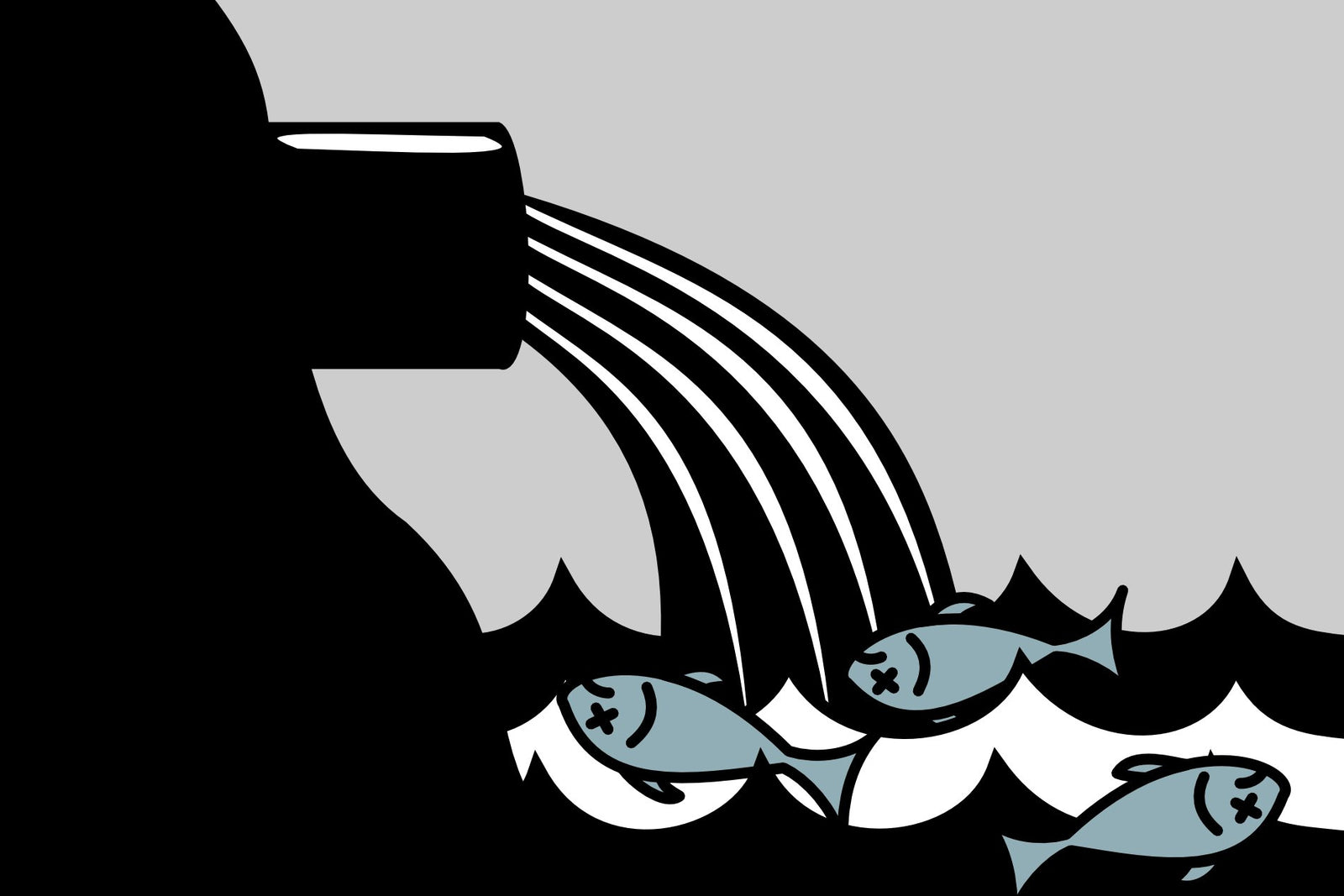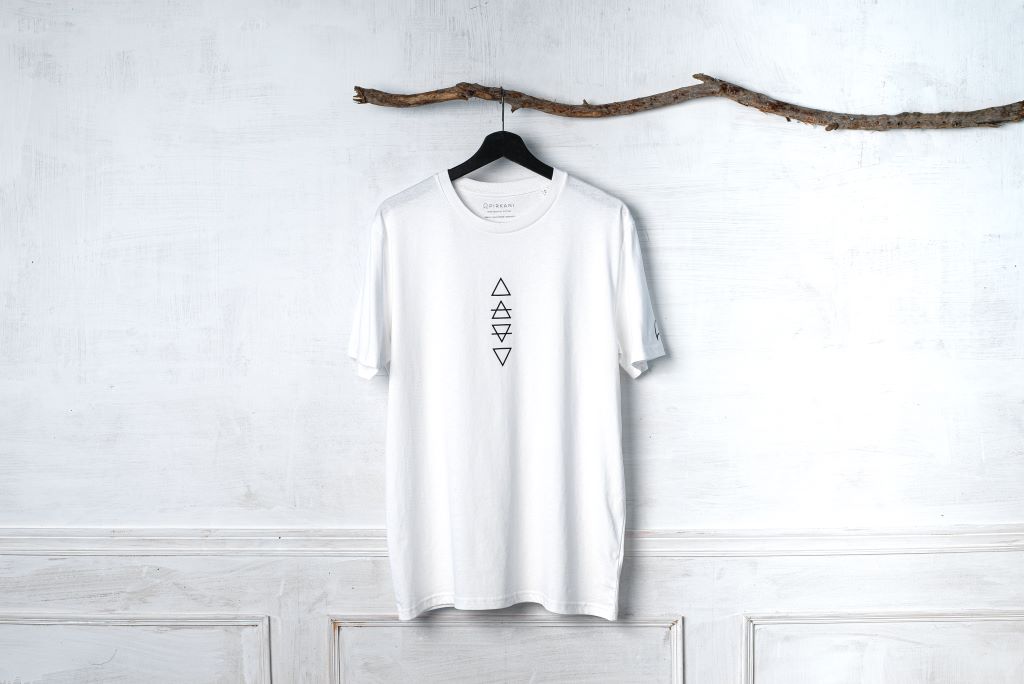Did you know? Textile dyeing is the world's second-largest polluter of water.

With fast fashion as the most popular business concept in clothing manufacturing, the current fashion industry trend takes many a toll on the environment and the people working within production and consumption.
One of the most alarming issues takes place during the process of dyeing the fabric. Not only does this consume large quantities of water, but did you know that the textile dyeing process is also the world's second-largest polluter of water?
How are textiles dyed?
The textile dyeing process often relies on toxic chemicals and other harmful substances to achieve a vibrant colour, popular with fast fashion retailers. For example, azo dyes are often used to achieve more vivid depths of colour without hot water. However, some of these are listed as carcinogens and have a severe negative impact on ecosystems, creating widespread fashion pollution.
Textile is also treated with formaldehyde to give it a bright look and shine. Even in countries where the sale of garments dyed with formaldehyde and carcinogenic substances has been prohibited, traces of these chemicals can still be found on garments.
After dyeing the garment, factories are left with wastewaters full of the dye used in the process, which contain all the harsh toxins and chemicals.
The disposal of dyes
Fast-fashion reduces manufacturing costs by outsourcing labour to Southeast Asian countries with lower minimum wages and working condition standards. These nations don't just lack worker rights or health and safety regulations; they also lack regulations for proper treatment and waste disposal from factories.
Because of that, toxic wastewaters produced during textile dyeing can be, entirely legally, flushed from sweatshops directly into rivers, lakes, or the ocean. Can we blame developing countries for not having the legislation in place, when it's western companies on our high streets who are exploiting this system, in catering to our demand for cheap clothing?
The impact of fashion pollution on ecosystems
Once the hazardous dyes enter the ecosystem of a river, lakes, or the ocean, they don't break down. Instead, they're spread around the globe via the water cycle. That's why, even though we outsource textile dyeing to developing countries, where fashion pollution is created, the aftermath of this impact ecosystems around the globe.
Over 70% of rivers in China are polluted, endangering local ecosystem, and the human population. In these areas, where fashion pollution from textile dyeing is released, even groundwaters are contaminated.
How do we make a difference?
How can we put a stop to this and make a positive difference in the world? Here are a few of our favourite ways to do so:
-
Stop supporting fast fashion, which keeps increasing the amount of clothing we produce every year.
-
Know the origin, buy clothing from brands transparent about their dyeing process, and treat wastewater before disposal. They should also have their production from factories or in countries with strict environmental regulations and standards.
-
Choose garments dyed with natural, sustainable dyes. When doing so, it's essential to avoid companies making false statements about their environmental performance, so get in the habits of finding evidence to back up the company's claims.
Think Sustainable.
At Pirkani Apparel, we believe that our impact today will have crucial effects on our future generations. We do our best to protect our planet Earth, preserve and conserve its natural resources and the fragile ecosystem. At the same time, we deliver high-quality, sustainable apparel that our consumers love and wear with pride. We are committed to conscious clothing and fair-trade practices that support every member in our ecosystem, from farmers to consumers. While we do it, although we may be taking plants from Mother Nature in the making of our apparel, we ensure our carbon impact is negative, and we give back just as much by planting trees for every piece of clothing that we produce.






Leave a comment